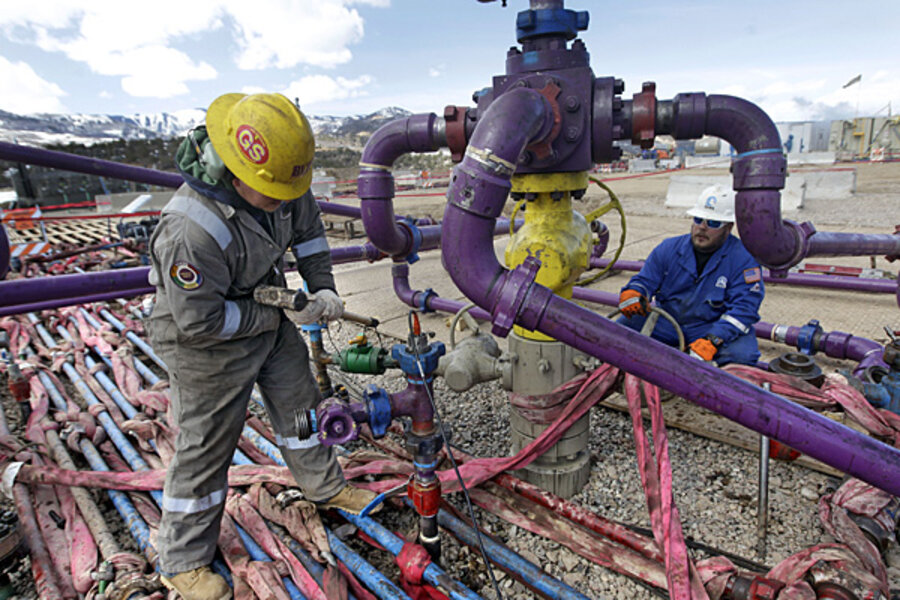Who benefits when natural gas prices rise?
Loading...
Over the past two years the spot price of natural gas fell from nearly $5 per million British thermal units (MMBtu) in June 2011 to less than $2 per MMBtu in April 2012, before beginning a steady climb back to the current level of about $4 per MMBtu. Prices have been supported by resilient demand as well as diminishing supply from some of the more mature shale formations and the depleted wells offshore.
Stronger natural gas prices are good news for some and bad news for others. Natural gas producers likeChesapeake Energy Corporation (NYSE:CHK) were hit especially hard as gas prices fell. Between June 2011 and April 2012, CHK’s share price declined 25 percent. But over the past 12 months, CHK has rallied 36 percent as gas prices recovered. Since Chesapeake is the nation’s second-largest producer of natural gas, it’s not surprising that its shares track the price of the commodity. The company isn’t diversified, so it is nearly a pure play on natural gas. (Related: Short-Term Trend in U.S. Natural Gas Prices Point Higher)
However, Chesapeake isn’t the nation’s largest producer of natural gas. That distinction goes to ExxonMobil(NYSE:XOM). ExxonMobil shares have underperformed in recent years because of the company’s ill-timed $41 billion buyout of natural gas producer XTO Energy in 2009. The week the deal was announced natural gas fetched close to $6 per MMBtu. The acquisition of XTO made Exxon the largest US natural gas producer just as prices began a long decline. By June 2012 CEO Rex Tillerson was admitting that “We are losing our shirts” on natural gas production because of low prices.
As a result, ExxonMobil’s share price has lagged that of competitors like Chevron (NYSE: CVX), whose natural gas production is a much smaller part of its business. Over the last five years CVX is up 23 percent, the S&P 500 17 percent, and XOM a mere 1 percent. (Keep in mind that this time period includes the oil price crash of 2008.) Over the past 10 years CVX is up 265 percent and XOM 154 percent, but CVX only began to seriously outpace XOM in 2009 — the year the XTO acquisition took place.
ExxonMobil wasn’t the only oil producer to have made an ill-timed foray into natural gas. The timing was even worse for ConocoPhillips (NYSE: COP), which acquired Burlington Resources for $35.6 billion in 2005 (when I was still working for COP). At the time, natural gas prices were hovering near $15 per MMBtu and many were predicting that they might stay that high for years. As with ExxonMobil, ConocoPhillips shares fell behind those of competitors as natural gas prices declined, a trend that only reversed once the company spun off its refining business in April 2012. (Related: World Energy Consumption Facts, Figures, and Shockers)
So, if you are of the opinion that natural gas prices will retain strength in the coming months, the companies to target for superior performance are obviously the natural gas producers, especially those with the greatest potential to profitably grow their output. Given their heavy investments in natural gas, ExxonMobil and ConocoPhillips, along with Chesapeake, stand to benefit from the recovery in natural gas prices. Chesapeake has already made a strong upward move, so they may not have much upside left unless gas prices continue to rise. But I expect XOM and COP to outperform over the next 6-12 months as long as gas (and oil) prices remain strong.
Next week I will discuss the potential losers from higher natural gas prices, some of which are far from obvious.
Link to Original Article: Who Wins from Rising Natural Gas Prices?







